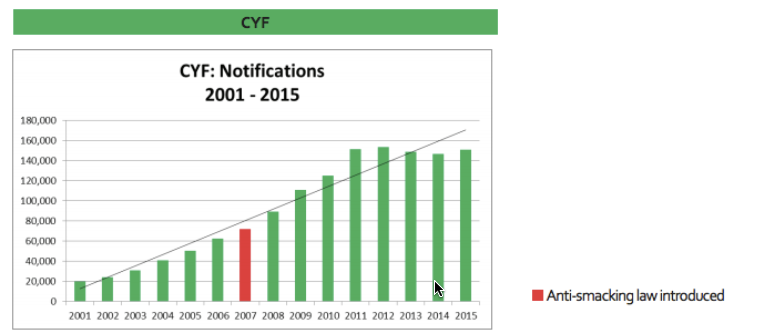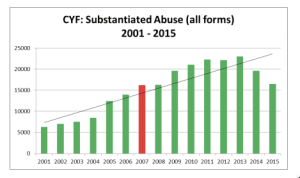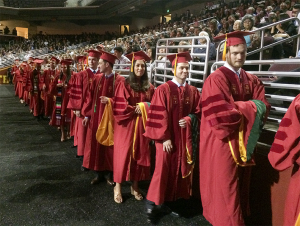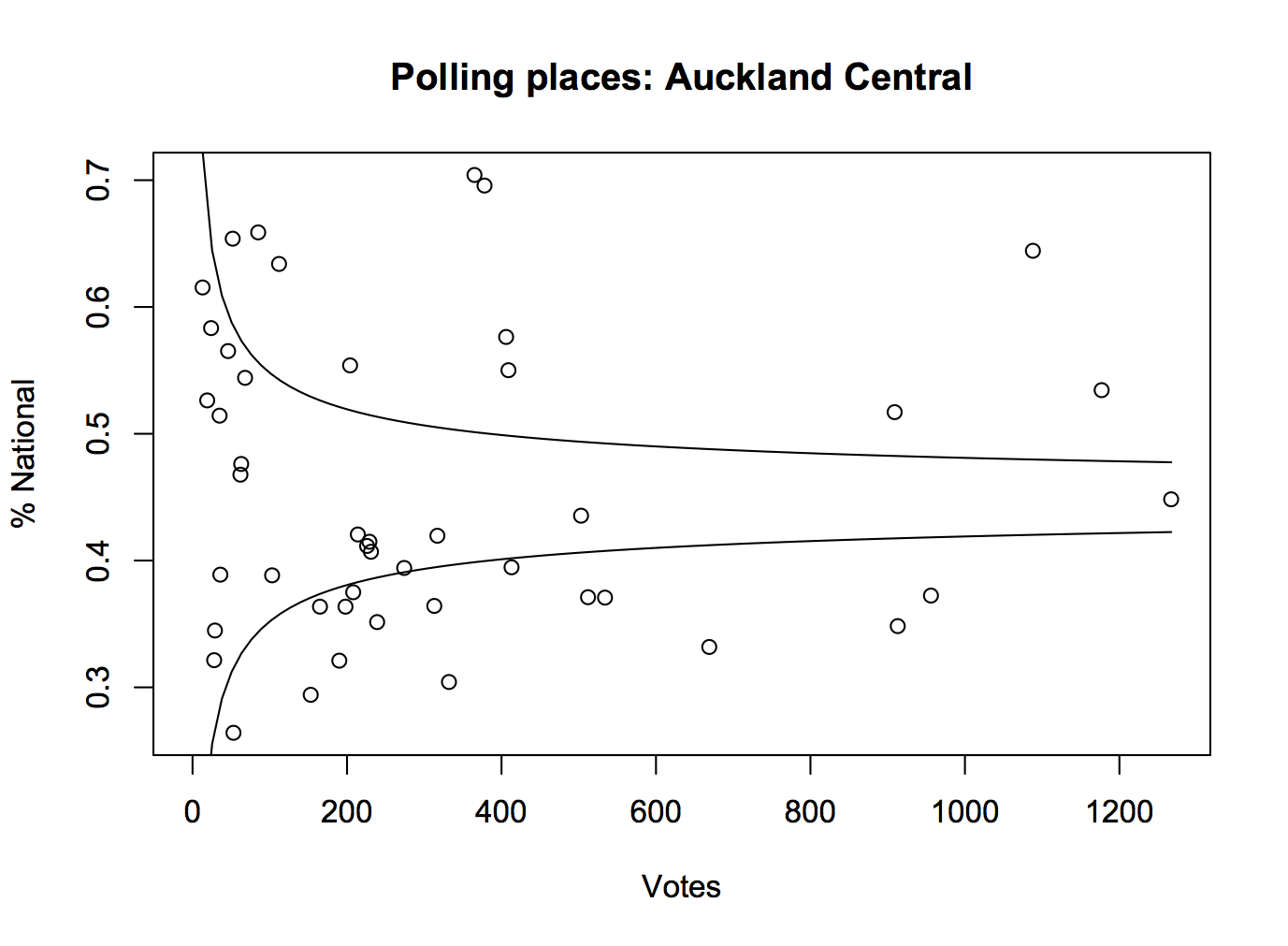(because I was asked about Keri Henare’s post)
Short answer: No.
As you know, we have four candidate flags. Two of them, the Lockwood ferns, have the same design with some colour differences. Is this a problem, and is it particularly a problem with Single Transferable Vote (STV) voting?
In the referendum, we will be asked to rank the four flags. The first preferences will be counted. If one flag has a majority, it will win. If not, the flag with fewest first preferences will be eliminated, and its votes allocated to their second-choice flags. And so on. Graeme Edgeler’s Q&A on the method covers the most common confusions. In particular, STV has the nice property that (unless you have really detailed information about everyone else’s voting plans) your best strategy is to rank the flags according to your true preferences.
That’s not today’s issue. Today’s issue is about the interaction between STV and having two very similar candidates. For simplicity, let’s consider the extreme case where everyone ranks the two Lockwood ferns together (whether 1 and 2, 2 and 3, or 3 and 4). Also for simplicity, I’ll assume there is a clear preference ranking — that is, given any set of flags there is one that would be preferred over each of the others in two-way votes. That’s to avoid various interesting pathologies of voting systems that aren’t relevant to the discussion. Finally, if we’re asking if the current situation is bad, we need to remember that the question is always “Compared to what?”
One comparison is to using just one of the Lockwood flags. If we assume either that there’s one of them that’s clearly more popular, or that no-one really cares about the difference, then this gives the same result as using both the Lockwood flags.
Given that the legislation calls for four flags this isn’t really a viable alternative. Instead, we could replace one of the Lockwood flags with, say, Red Peak. Red Peak would then win if a majority preferred it over the remaining Lockwood flag and over each of the other two candidates. That’s the same result that we’d get adding a fifth flag, except that adding a fifth flag takes a law change and so isn’t feasible.
Or, we could ask how the current situation compares to another voting system. With first-past-the-post, having two very similar candidates is a really terrible idea — they tend to split the vote. With approval voting (tick yes/no for each flag) it’s like STV; there isn’t much impact of adding or subtracting a very similar candidate.
If it were really true that everyone was pretty much indifferent between the Lockwood flags or that one of them was obviously more popular, it would have been better to just take one of them and have a different fourth flag. That’s not an STV bug; that’s an STV feature; it’s relatively robust to vote-splitting.
It isn’t literally true that people don’t distinguish between the Lockwood flags. Some people definitely want to have black on the flag and others definitely don’t. Whether it would be better to have one Lockwood flag and Red Peak depends on whether there are more Red Peak supporters than people who feel strongly about the difference between the two ferns. We’d need data.
What this argument does suggest is that if one of the flags were to be replaced on the ballot, trying to guess which one was least popular need not be the right strategy.






